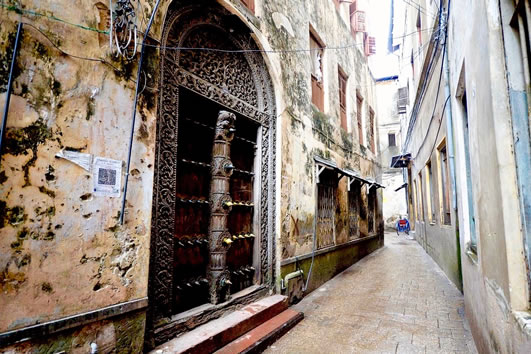Tourist Attractions in Zanzibar: Unveiling Zanzibar’s Gems.
Zanzibar, Tanzania‘s captivating archipelago, beckons travelers with its pristine beaches, rich history, and vibrant culture. From exploring ancient Stone Town to diving into crystal-clear waters, Zanzibar offers a plethora of experiences. Here’s a glimpse into some of the must-see tourist attractions:
Nungwi
This is a large village on the northernmost tip of the island. It is a lively fusion of traditional and modern styles and is a destination in itself. The beach again boasts beautiful white sands and idyllic setting, whilst only a few steps back you will find a host of guesthouses, bars and restaurants. Nungwi definitely has the party atmosphere and is considered by some as the only place to be, however others may choose to give it a wide berth in favour of more tranquil parts of the Island.
Matemwe
This is a long idyllic stretch of coast, offering fine sand and a great base from which to go snorkelling or diving. Guests to this part of the Zanzibari coast will also witness the traditional ways of the local village. Each morning the women harvest seaweed, whilst the fishermen string up their catch to be dried in the sun.
Kendwa
Kendwa is about 3km southwest of Nungwi and has a distinct atmosphere. It’s mostly quiet and laid-back, unless there is a full moon, then the party goes all night. By day this is a long wide stretch of coast offering lots of activities and accommodation choices, slightly more spread out than Nungwi.
Pongwe
Pongwe beach is about as close to the quintessential tropical island paradise as you can get. It is set in a small cove along the palm lined coast which protects it from debris and seaweed being washed up on the shore. This is a good spot on the East coast, not too far from any of the islands other attractions although probably best suited for couples and romantics.
Stone Town
Stone Town is located along the west coast of Zanzibar Island and is considered to be one of the most traditional of remaining old Swahili trading settlements that would have been prevalent along East Africa. It resembles the labyrinth style medina’s of north Africa and Morocco with all the narrow streets, twists and turns. Influences have come from the Portuguese who developed Stone Town as a trading port in 1503 and the Omani Arabs who expelled the Portuguese and built a fort, which stands largely unaltered, completed in 1701. The Omani quickly established themselves with the riches brought from the slave trade and soon the mud huts turned into stone. The first stone buildings were constructed during the reign of the Omani sultan, Seyyid Said, who in 1832 shifted his capital from Muscat to Stone Town. This building boom lasted approximately 60 years and accounts for most of what we see today.
When the British Protectorate over Zanzibar was enforced in 1890 Stone Town was more or less complete, and remains largely unchanged except for a few buildings along the waterfront which the British bombarded in 1896 during, what’s called the ‘Shortest War in History’. This ‘War’ lasted for around 45 minutes and was undertaken to ensure their choice of Sultan took power. Aside from this the British impact to the architecture of the city was nominal. Instead they concentrated their efforts on cleaning up the city which during the 19th century had been synonymous with filth, squalor and slavery.
Remember:
This list provides a starting point for your Zanzibar adventure. With its diverse offerings, Zanzibar caters to a variety of interests. Research attractions that pique your curiosity and create a personalized itinerary to maximize your island experience!

